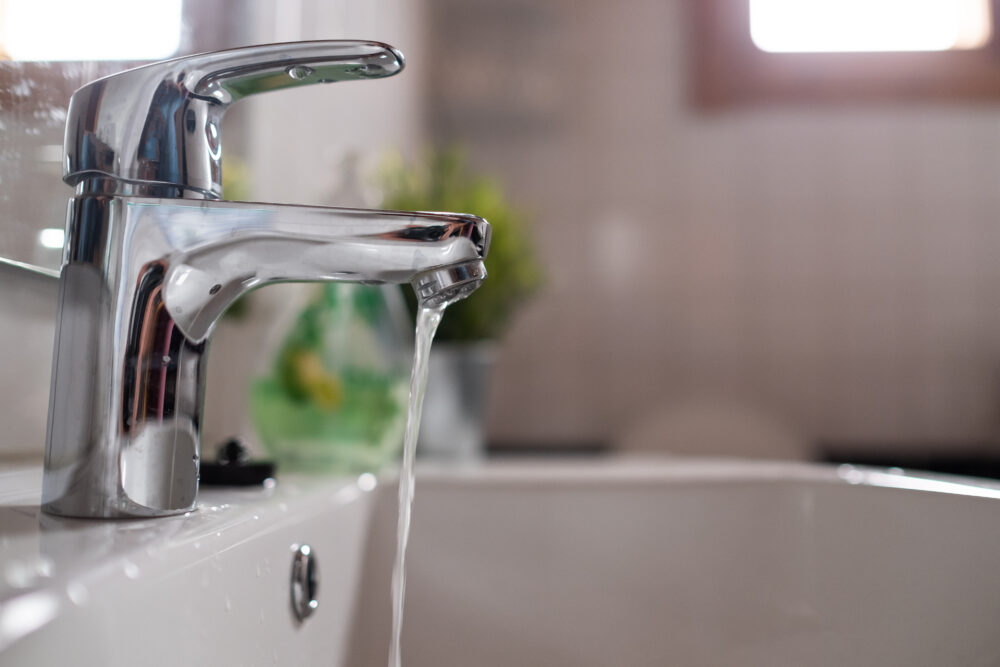No More Waiting: How To Bring Hot Water To Your Faucet
There’s nothing more frustrating than jumping in the shower only to find out you have to wait for the hot water to get there.

You may be thinking that this is just a problem of availability, but it can also result from your old and outdated faucet or plumbing system. Hot water is not always available, which means you have no choice but to wait for it. The amount of time taken by doing this depends on how old your pipes are and whether or not they’ve been updated or replaced recently (if at all).
This can cause some serious issues if you live alone: You’ll have no choice but drink cold coffee every morning because there aren’t any other options available; leaving for an important meeting without having warmed up your vehicle first will mean getting stuck at stop lights longer than necessary, and worst case scenario…no hot coffee after work means going home angry because nobody has made their way through yet!
Are you tired of waiting for hot water to get to your faucet? Here is what you can do.
Move your water heater closer to your faucet or shower head.
There are a few things you can do to get hot water to your faucet faster:
- Move your water heater closer to the area where it’s needed. The shorter the distance, the faster the hot water will reach your faucet or shower head.
- Consider installing a pump outside an unfinished basement or garage so that you can bring this hot water directly into one room rather than using several different pipes throughout your house. This might be more expensive than simply moving one piece of plumbing, but if it works and saves money, it may be worth considering!
Buy a new water heater with a larger tank.
If you want to save on your energy bills and have a large family, consider buying a tankless water heater. These units use much less energy than traditional models and require no electricity for operation. They also come in many different styles and sizes, so it’s easy to find one that fits your needs.
If you’re not sure if this is the right choice for your home, consider these things:
- You don’t want to risk having an empty tank again at any point (and then having no way of filling it up). Having extra capacity helps prevent this from happening!
- You should also consider how much space it takes up with other fixtures, such as dishwashers or clothes washers/dryers; they all need heat too!
Insulate your pipes.
One of the most common problems with hot water is that it takes a long time to get from the source to your faucet. This can be frustrating, especially if you’re waiting for a shower or bathtub. Insulation is one way to reduce this delay by keeping warm water in contact with your pipes longer before it reaches them.
There are several ways you can insulate pipes:
- Foam pipe insulation – These are usually made out of polystyrene (PS) plastic which is porous and light enough that air can flow through it easily without becoming trapped by the material itself; however, this also means there may be less resistance against heat loss when compared with other types of insulation such as fiberglass wool or cellulose acetate tape (CA). Because they’re so light-weighted materials, they tend not to last very long before needing replacement unless properly maintained over time by regularly scraping off any buildup inside each section where friction between two surfaces causes buildup heat transfer rate increases dramatically over time since there isn’t much surface area available compared with traditional methods involving thicker layers like those mentioned above.”
Buy a hot-water recirculating pump.
A hot-water recirculating pump is a good investment to keep your water hot. It uses less energy than a regular faucet, making it more environmentally friendly and efficient. Plus, it’s easy to install—and once you’ve done so, you won’t have to worry about keeping up with the maintenance of your old one.
A recirculating pump can also save money by reducing water usage per minute. They require less power and take longer periods between refills (which means less waste). This makes them ideal for renters or anyone who wants an affordable option without sacrificing quality or convenience.
Throttle down your hot-water heater.
If you’re tired of waiting for hot water to reach your faucet, try reducing the temperature of your hot-water heater. This will help to save energy and reduce the time it takes for the water to reach your faucet.
Reducing the temperature of your hot-water heater can also help prevent scalding injuries caused by too much heat being applied when bringing a pot or pan back up from lukewarm temperatures (or vice versa).
Conclusion
If you’ve been waiting for hot water to come out of your faucet, it’s time to take matters into your own hands. You can bring hot water to your faucet with a few simple steps and eliminate that pesky wait time. Whether you’re looking for a quicker way to do the dishes or want to avoid those cold showers, Signature Plumbing has the solution for you. Contact us today and see how we can help get hot water to your tap in no time!
